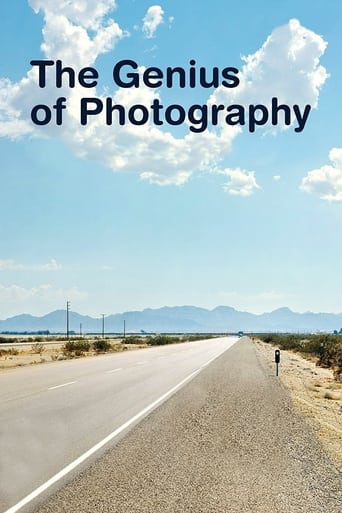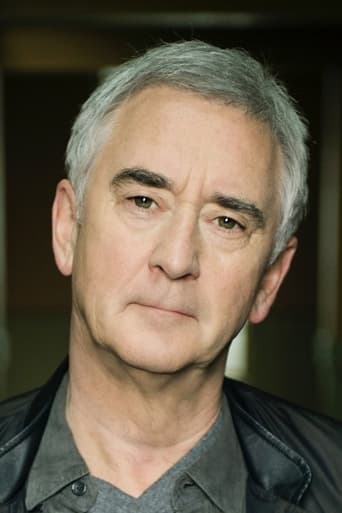
Documents For Artists
By the end of World War One photography had become the central medium of the age. Photographers began to turn their lenses to the plight of rural victims of the American Depression and minority communities. Alexander Rodchenko and August Sander found their artistic skills put to another use by the state – as propaganda. Documents for Artists focuses on the first few decades after World War One when the potential of photography attracted the attention of artists and governments alike.
- Martin Davidson
Country: GB
Language: En
Runtime: 60
Season 1:

This elegant, studious documentary - the first of a six-part series - leads us from ancient Rome to the Great War. Taking as its starting point the baffling natural phenomenon of camera obscura, it reveals how mathematician Henry Fox Talbot’s inability to draw led him to pioneer photographic methods, and how the new discovery made a big impression on painter Edgar Degas. The early tussle to see which photographic process would gain the upper hand is a fascinating one. Though occasionally dry and prone to pseudobabble, it covers a lot of territory, and Denis Lawson’s arch narration is the perfect accompaniment to some unforgettable images

By the end of World War One photography had become the central medium of the age. Photographers began to turn their lenses to the plight of rural victims of the American Depression and minority communities. Alexander Rodchenko and August Sander found their artistic skills put to another use by the state – as propaganda. Documents for Artists focuses on the first few decades after World War One when the potential of photography attracted the attention of artists and governments alike.

Examines the photographs of D-Day, the Holocaust and Hiroshima raising questions about history as seen through the viewfinder.

After World War One the potential of photography attracted the attention of artists and governments alike.

Having conquered the street and the road, photographers approached the final frontier: the home, the self, and private life.

Shows how photography has become part of the art world where a single image can cost $2.9m and, in the digital world, where all images are possible.


